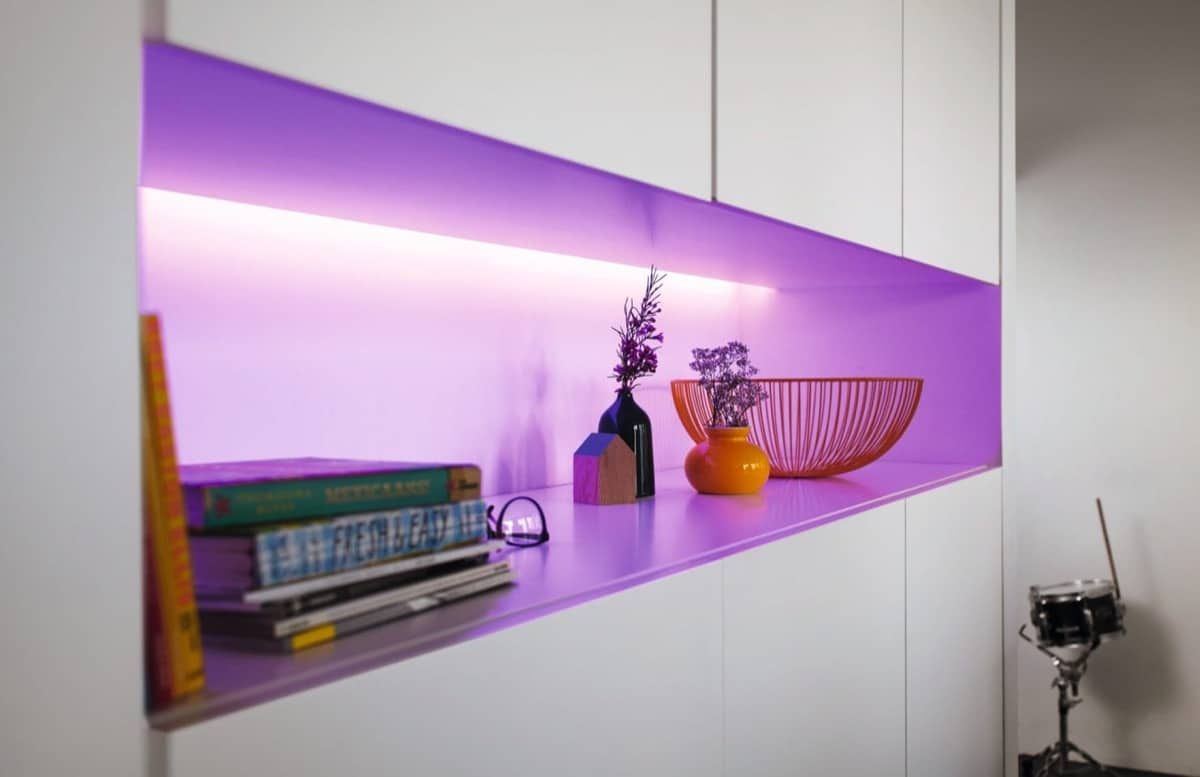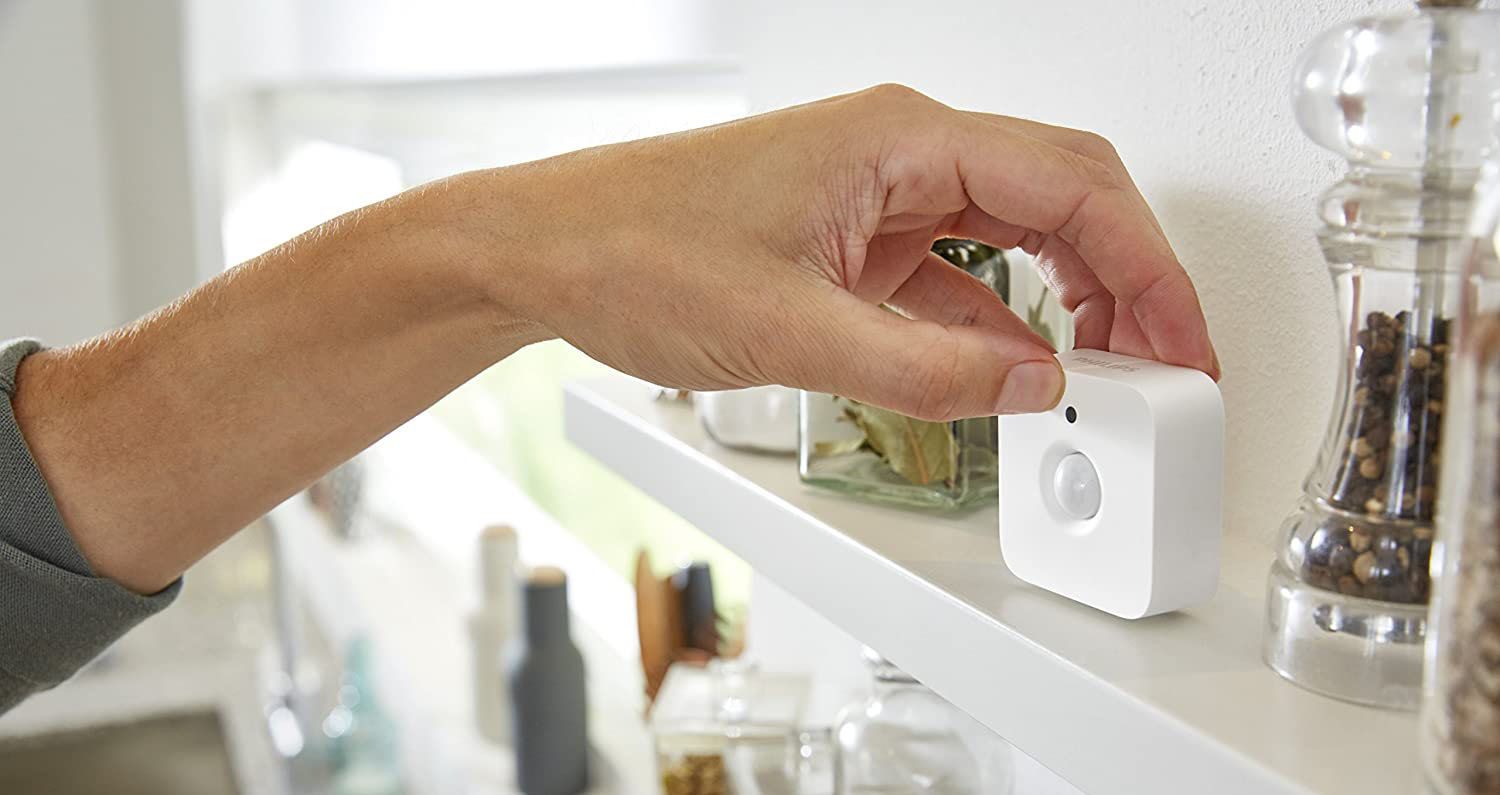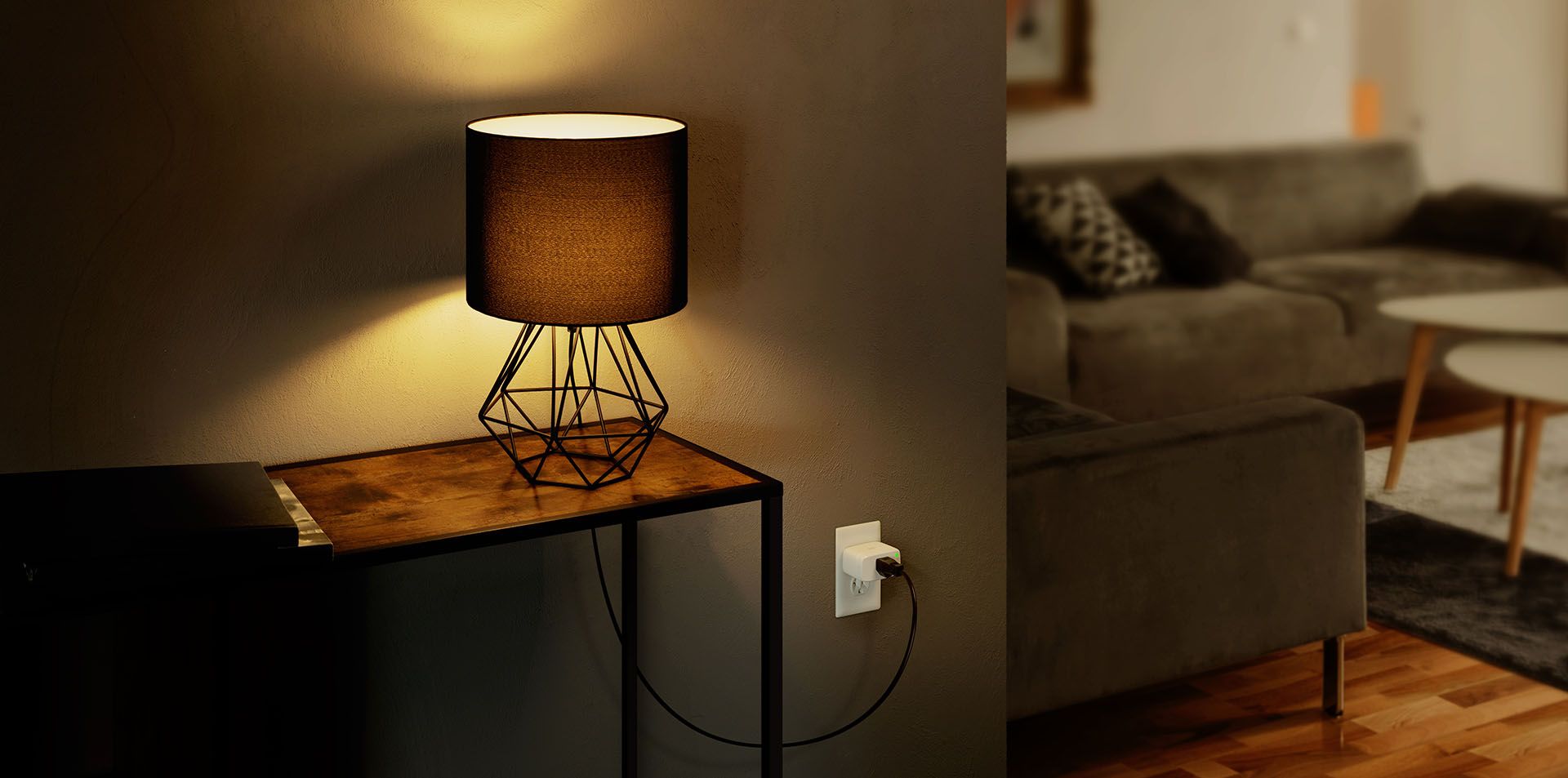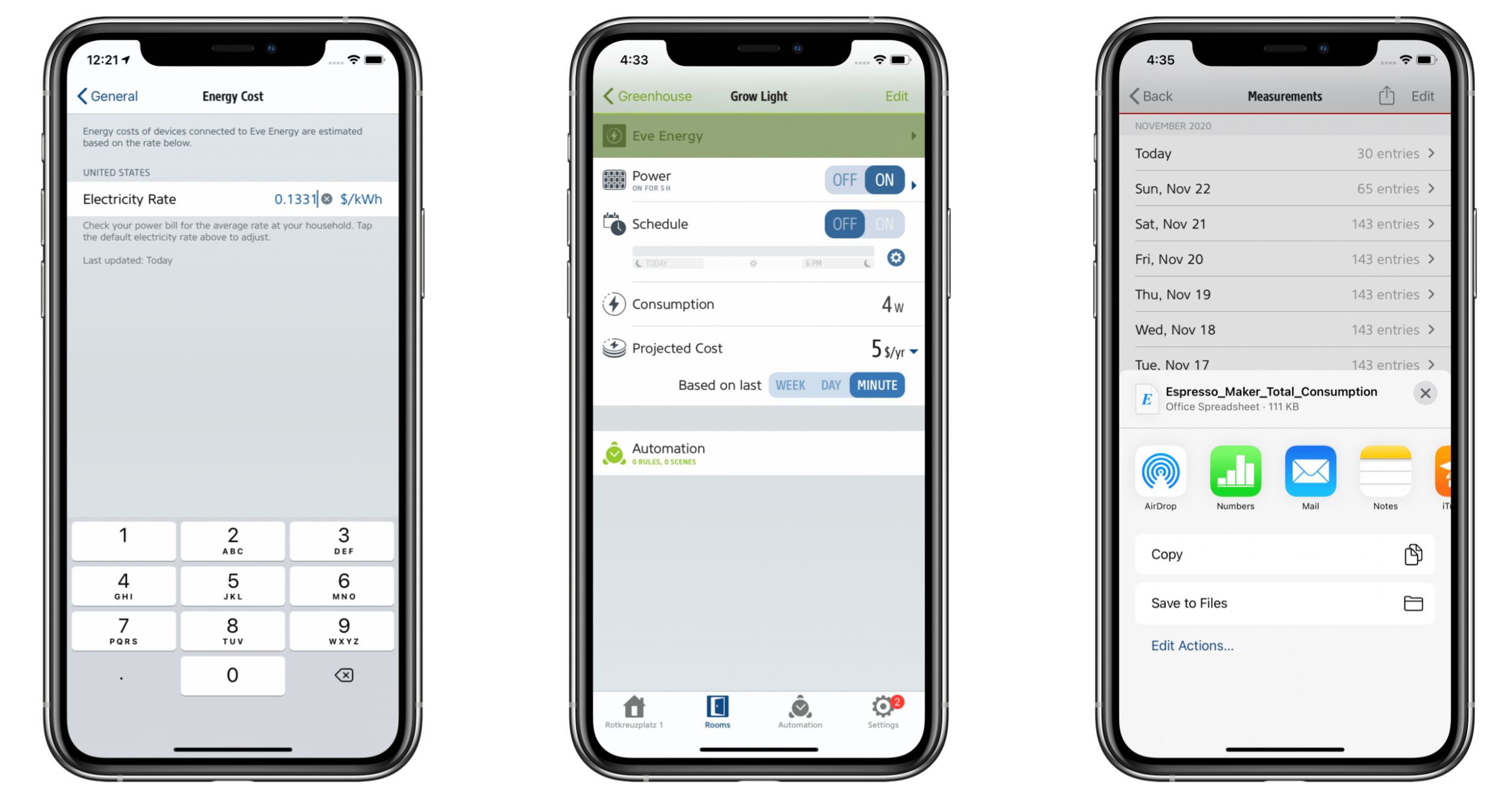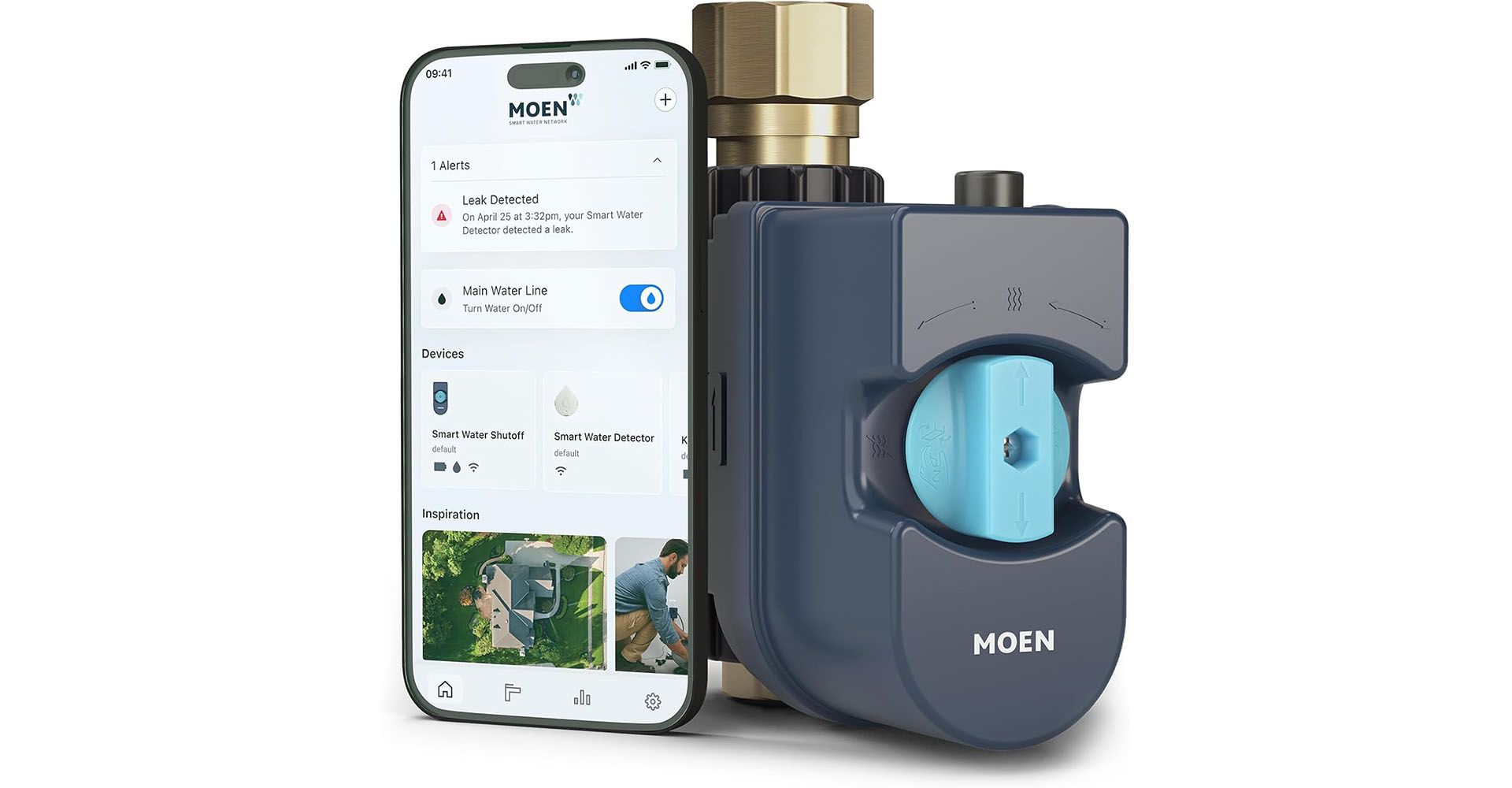Summary
- Smart home devices allow you to create automations to switch them off when not in use, which eliminates or reduces wasted power.
- LED lighting offers significant cost savings compared to incandescent bulbs and, like smart plugs, can switch off automatically, reducing energy usage and extending their lifespan.
- Smart homes can also track the energy costs of appliances, encouraging good habits and identifying opportunities for cost savings.
Smart homes might seem like a pricey way to save time and effort, but there are many ways in which they can actually save you money. Here’s how.
7 LED Lighting Is Cheaper to Run
Perhaps the easiest financial case to make for smart home tech is in switching away from conventional (incandescent) light bulbs. LED light bulbs can generate significant savings and if you’re going to make the switch anyway, then the added cost of smart bulbs becomes easier to justify.
LED lights are far more power-efficient than incandescent ones, delivering the same amount of light for less wattage. For example, if you’re replacing a 60W conventional bulb, you would typically do so with a 12W LED version. That means the LED bulb uses roughly six times less electricity, and its expected lifespan is around 25 times longer. Light strips, like the one shown above, can be even more efficient, lighting extended areas with very little power.
The payoff time will vary, but there’s no question that switching to LED lighting makes financial sense, and that it can significantly offset the long-term cost of a switch to smart lighting.
6 Automations Can Switch Things off for You
One area where a smart LED bulb has an advantage over dumb LED bulbs is the ability to automate their usage. Most of us aren’t perfect when it comes to switching off lights when we leave a room, especially if we’re expecting to return before long. This is especially true of floor and table lamps, where we would need to physically walk around the room switching off multiple lights.
Smart homes offer various ways of automating this. For example, my kitchen and bathroom both have motion sensors that turn on the lights when someone walks into the room and switch them off again two minutes after the last movement is detected. The same is true of my wardrobe and cupboard lighting.
I also have scenes when moving between rooms. For example, when I finish work in my home office and walk into my living room, the voice command “Living room relax” not only configures the lighting in that room, but it also switches off the lights in my office. The same is true if I instead operate a smart switch to activate my living room lighting: the switch activates a scene rather than directly controlling individual light circuits.
Finally, smartphone presence is used to detect when the last person has left my home. That activates a scene that switches off all the lighting in my apartment, ensuring that nothing can be left on accidentally. That can result in significant savings if you’re in the habit of forgetting to switch off all the lights when you leave home for the day.
The same argument can be made of smart theromostats, which can be used to automate temperature control based on your presence or use contact sensors to disable heating or air conditioning if a window is left open.
5 Smart Plugs Can Do the Same for Other Devices
The same is true of smart plugs. If you have a fan running, then leaving the room can automatically cut power to the plug and switch off the device. Other examples would be portable electric heaters, floor and table lamps without smart bulbs, and things like TV sets and audio systems which may use non-trivial amounts of power in standby mode.
Again, scenes are your friend here. If you use scenes when moving between rooms, then these can include all the smart plugs which should be automatically powered down when you leave the room.
4 Reducing Standby Usage Can Extend the Life of Some Devices
Standby mode doesn’t just cost you money, it can also reduce device longevity. Some circuits remain powered up in standby, reducing the expected lifetime of the components. Additionally, heat is generated when in standby mode, which can reduce the lifespan of other components even if they aren’t powered up at the time.
Using a smart plug to completely switch off devices when not in use can lead to them lasting longer before they require repair or replacement.
3 Tracking Energy Usage Can Lead To Cost Savings
Most smart plugs have companion apps which track energy usage. In many cases, the app will allow you to convert the energy usage from the somewhat abstract kWh into the far more concrete dollars-and-cents cost by inputting your energy supplier’s rate.
This can have two benefits. First, seeing the real-time cost of using different devices can encourage better habits. If you can see that the 2000W electric fan heater you keep under your desk is costing you 60 cents per hour to run, you’re much more likely to be motivated to switch it off when you step out of the room for a while—whether that’s manually, or by creating an automation to do it.
Second, seeing running costs can help identify less energy-efficient appliances. It can help you learn that you’d be much better off swapping out that fan heater for a halogen one, or an oil-filled radiator, for example. It can also reveal that your 20-year-old dryer is costing way more than it should to run. A friend calculated that replacing his elderly washer-dryer with a new one would save him around $360 a year in running costs and that the new machine would pay for itself in around three years.
2 Smart Home Security Systems May Cut Insurance Premiums
Smart home tech can also save you money in less direct ways. For example, you may find that fitting a smart home security system will qualify you for worthwhile savings on your home insurance premiums. That may not pay for itself in any sensible time period, but it can reduce the effective purchase cost by a worthwhile sum while giving you better peace of mind.
1 Smart Devices Can Prevent Water Leaks and More
Finally, there’s one category of device which may never pay for itself—or may do so many times over! That’s a smart water leak detection and cutoff system. These systems aren’t cheap to buy, typically costing upwards of $500, but if they prevent a water leak damaging your home, they can save that cost many times over.
They work by monitoring the water flow through your plumbing system. If there’s a water leak, that will result in abnormally high flow rates. You can configure them to either send you an alert so that you can check on the situation, or automatically cut off the water supply at the home inlet. They can also identify lack of water flow indicating frozen pipes, and alert you to that too.
Finally, with water supply costs rising, they can also help you track your consumption to identify potential savings. This can include anything from a dripping appliance which is wasting water to a laundry appliance which uses excessive amounts of water and may again be cheaper to replace with a more efficient modern model.
Another option here is simply to fit a few low-cost water sensors. These won’t cut off the supply in the event of a leak, but they alert you. Some people use these toward the top of their baths so they can’t set one running and then forget about it, flooding their bathroom.
A smart home may not pay for itself, but there are ways in which these devices can save you money. The cost savings can help offset some of the purchase cost, if so you already want to make the purchase then the potential for reducing your outgoings might just tip the balance.
One way to get started is to identify automations that can improve your life (and reduce the strain on your wallet).


